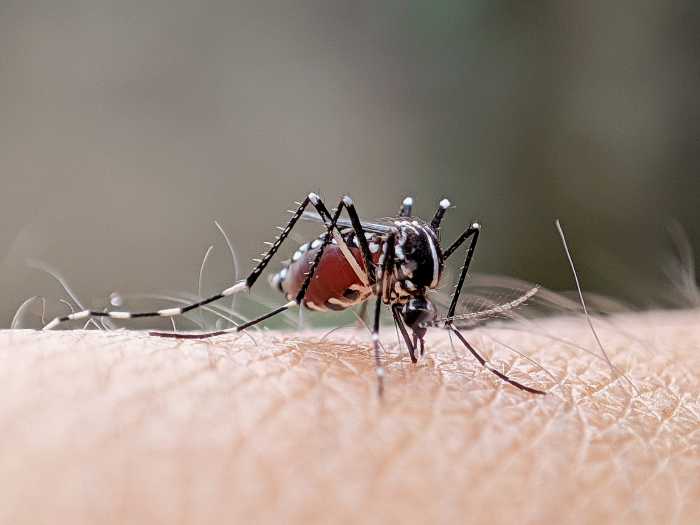Deep Clean
Vacuum upholstered furniture, under seat cushions, window sills, baseboards and tops of door and window frames.
Dust and polish furniture, wood floors and countertops.
Scrub wastebaskets, rinse with a mild disinfectant, then move them outside to dry in the sun. Put a fabric softener sheet in the bottom of the container for a fresh smell. Bonus Tip: Put several liners in the bottom of your basket so it’s effortless to reline it.
Move your fridge, oven, dryer and washing machine just enough to clean behind them.
Clean ceiling fans by removing light bulbs and casings after turning off the lights. Put a washcloth in the bottom of a sink filled with warm soapy water to line the sink and prevent damage to the casings. Then wash and dry them. Use vacuum with brush attachment to tackle dust and dirt on fan blades.
To clean splattered food in the microwave, heat one cup of water on high for 3 to 4 minutes. The steam loosens the food so you can wipe away spills. If odor is a problem, mix a 1:1 solution of water and white vinegar and heat for 3 minutes. If odor still persists, place a charcoal briquette on a paper plate and leave it in the microwave.
Dust collectibles the easy way. Grab an old, clean cotton tube sock. Squirt the sock with a solution of vinegar and water, slip it over your hand and you’re ready to dust.
—Courtesy THE MAIDS Home Services
Reduce Allergens
Know your allergens and how to prevent them:
Dust mites-Thrive in house dust, which is composed of plant and animal material.
Change and clean cooling and heating system filters once a month.
Have your home, car and office vacuumed and dusted frequently.
Wash blankets and bedspreads weekly and sheets and pillowcases more often, using water above 130.
Regularly wash your curtains and throw rugs.
Molds—Found indoors in attics, basements, bathrooms, refrigerators and other food storage areas, garbage containers, carpets and upholstery.
Keep bathroom and kitchen surfaces dry, fix leaky plumbing and seal cracks where water can seep in.
Never put carpeting on concrete or damp floors, and avoid storing clothes, papers,etc. in damp areas.
Reduce humidity in damp areas by using a dehumidifier. Clean dehumidifiers once a week.
All rooms, especially basements, bathrooms and kitchens, require ventilation and consistent cleaning to deter mold and mildew growth. Use a cleaning solution containing 5% bleach and a small amount of detergent.
Pets—People are not allergic to their pets’ hair, but to a protein found in the saliva, dander (dead skin flakes) or urine of an animal with fur.
Washing your pet once a week might help reduce household allergens.
Do not sleep with your pet.
Vacuum and mop your floors regularly to remove excess
animal dander.
Roaches-A protein found in their droppings can trigger allergy and asthma symptoms.
Frequently remove all household food wastes, including garbage and recyclables. Food should be stored in sealed containers.
Wash dishes immediately after use in hot, soapy water, and clean under stoves, refrigerators or toasters where loose crumbs can accumulate. Wipe off the stove top and clean other kitchen surfaces and cupboards regularly.
Consider a professional exterminator to eliminate cockroaches.
Thoroughly and frequently clean to remove dust and cockroach byproducts.
—Courtesy American Academy of Allergy, Asthma & Immunology
Get It Together
There’s no better time to reorganize says Rosemary Chieppo, author of the handbook Clutter, Chaos & the Cure, who emphasizes “organized doesn’t mean being rigid, sterile or perfect.” Here’s her advice:
Start with small tasks so you can indulge in the victory of completion. Most people feel defeated before they start, so this mindset is going to keep you motivated.
Give your things a home at the point of their use. Think toothbrush. You never misplace it because its home is where you use it.
Group like things together. It allows you to keep inventory of what you do have so you don’t end up with 17 black turtlenecks or 67 AA batteries!
Don’t put tall things in front of short things and don’t put big things on top of little things. Most people are visual; if they don’t see something, it may as well not exist.
Remember, organizing is an ongoing process. Once you’ve done the initial work of creating a place for everything, don’t sabotage your progress by falling back into old habits. Try to return each item to its designated spot as soon as you can.
Safety First
The American Academy of Orthopaedic Surgeons urges people to take the proper safety precautions to reduce the number of spring cleaning-related accidents and offers the following guidelines for spring cleaning projects:
Proper techniques for lifting, carrying and bending should be part of any spring cleaning project. Separate your feet, shoulder-width apart, keep your back upright and bend at the knees while tightening the stomach muscles. Lift with your leg muscles as you stand up; don’t try to lift any object by yourself if it is too heavy or an awkward shape.
Use a step stool instead of furniture—such as a couch or dining room chair—when dusting hard to reach areas.
Ladders used for chores—such as washing windows, painting, cleaning gutters and trimming trees—should be placed on a firm, level surface. Never place a ladder on ground or flooring that is uneven, soft or wet.
Over-reaching or leaning too far to one side when working on a ladder can also make you lose your balance and fall. Your bellybutton should not go beyond the sides of the ladder.
When gardening, avoid prolonged repetitive motions during activities such as digging, planting trimming and pruning. It is also important to wear gloves to reduce blistering and protect the skin.
Read product labels for proper use and wear protective clothing and gloves when using chemicals for gardening or cleaning. Store all chemicals—at the appropriate temperature, which is usually indicated on the package—in a place that is out of reach of both children and pets.
chemicals—at the appropriate temperature, which is usually indicated on the package—in a place that is out of reach of both children and pets.
Get Personal
Now that your annual ritual has freshened up your home, Kerry and Chris Shook, life coaches and co-authors of the new book One Month to Live: Thirty Days to a No-Regrets Life, suggest practical ways to prioritize lives as well—creating lifestyle changes that will have lasting effects.
Rate your health in each of these four areas—spiritual, physical, emotional, relational—from one (terrible) to ten (fantastic). Think about the greatest challenge to improving your health in these areas. Spend time journaling about a practical and measurable goal for each of these.
Make a gratitude list of five or six little things that you often take for granted. Choose one item on your list to experience today. Whatever you choose, try to relish it.
Think about the biggest “time waster” in the past week and whether or not it had payoff for you. Come up with a short list of alternative activities you can pursue the next time you’re tempted to waste time by default.
Pull out your “dream box.” What’s in there? What are your frozen dreams? In other words, what would you attempt for God if you knew you couldn’t fail?
Choose someone you know you have hurt by your words, actions or silence. Write a letter asking this person’s forgiveness and explaining everything you’d like to say before it’s too late. Set the letter aside for a few days, and then read it and decide if you should send it.



































